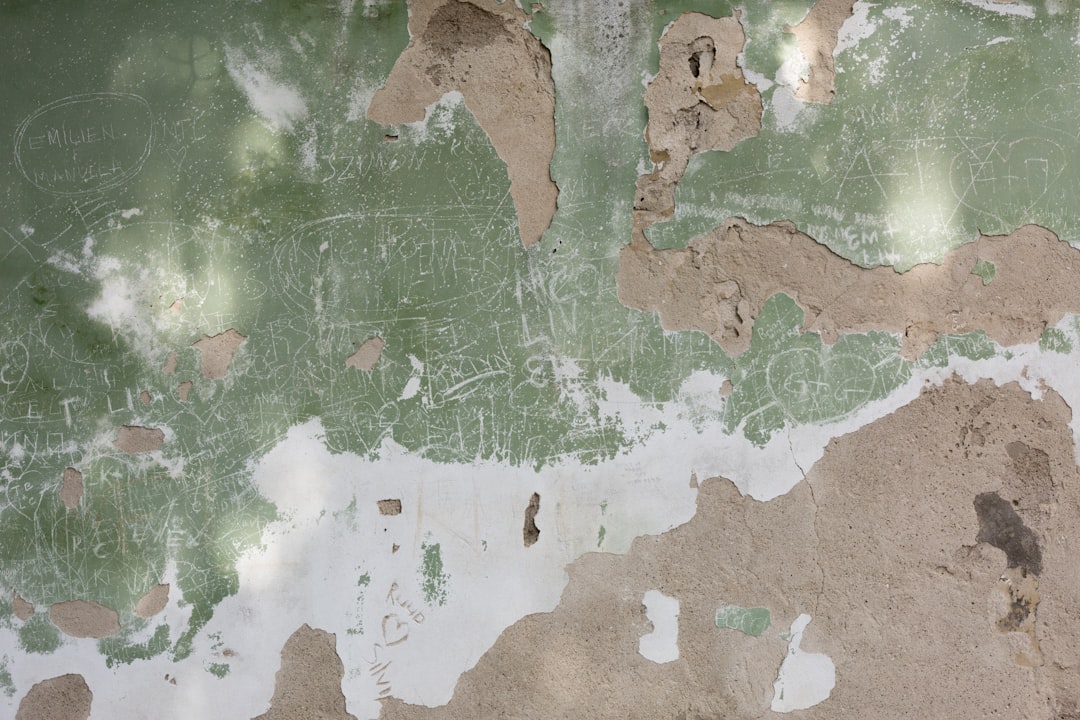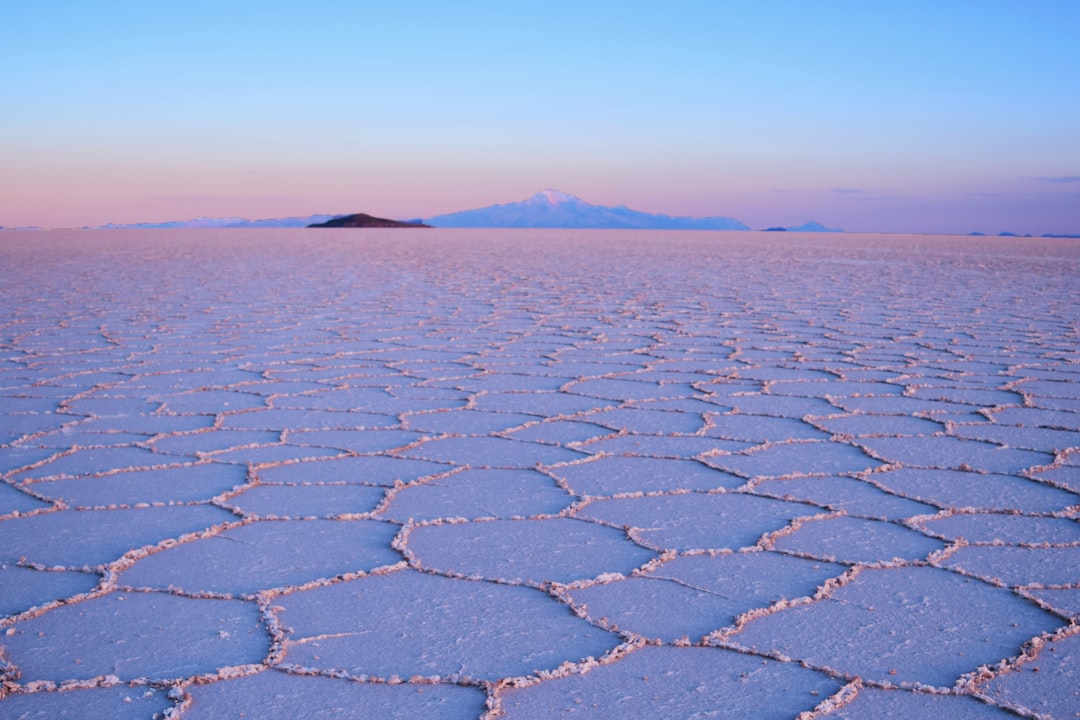What is it about?
Geophysical inverse problems can have an infinite set of candidate solutions, but not all candidates are necessarily geologically realistic. We train a neural network to invert geophysical data for models with expected geologic structures. The network efficiently produces many models that fit the geophysical data. We also show that geophysicists can use the network to tweak structural features of the output models while still honoring the geophysical data, allowing us to interactively explore the range of possible models.
Featured Image

Photo by Ilya Gerasimenko on Unsplash
Why is it important?
We show a way to recover multiple inversion models that incorporate prior information without the need for an explicit form to express the prior information. This is important because it allows complex geologic concepts to be enforced in recovered inverse models. Another important aspect of this work is that candidate models can be changed interactively, allowing geophysical data interpreters to gain a more complete picture of the range of plausible models.
Perspectives
Years ago, colleagues presented me with two challenges: to make inverse models more geologically realistic, and to come up with a way to tweak models interactively in ways that leave the predicted data mostly the same. I feel lucky to have hit upon a technique that addresses both challenges simultaneously, humbled by the machine learning researchers who first developed this technique, and excited for others to see what we've done and build upon it to develop even better ways to meet these challenges.
Wallace McAliley
Read the Original
This page is a summary of: Stochastic Inversion of Geophysical Data by a Conditional Variational Autoencoder, Geophysics, August 2023, Society of Exploration Geophysicists,
DOI: 10.1190/geo2023-0147.1.
You can read the full text:
Contributors
The following have contributed to this page










